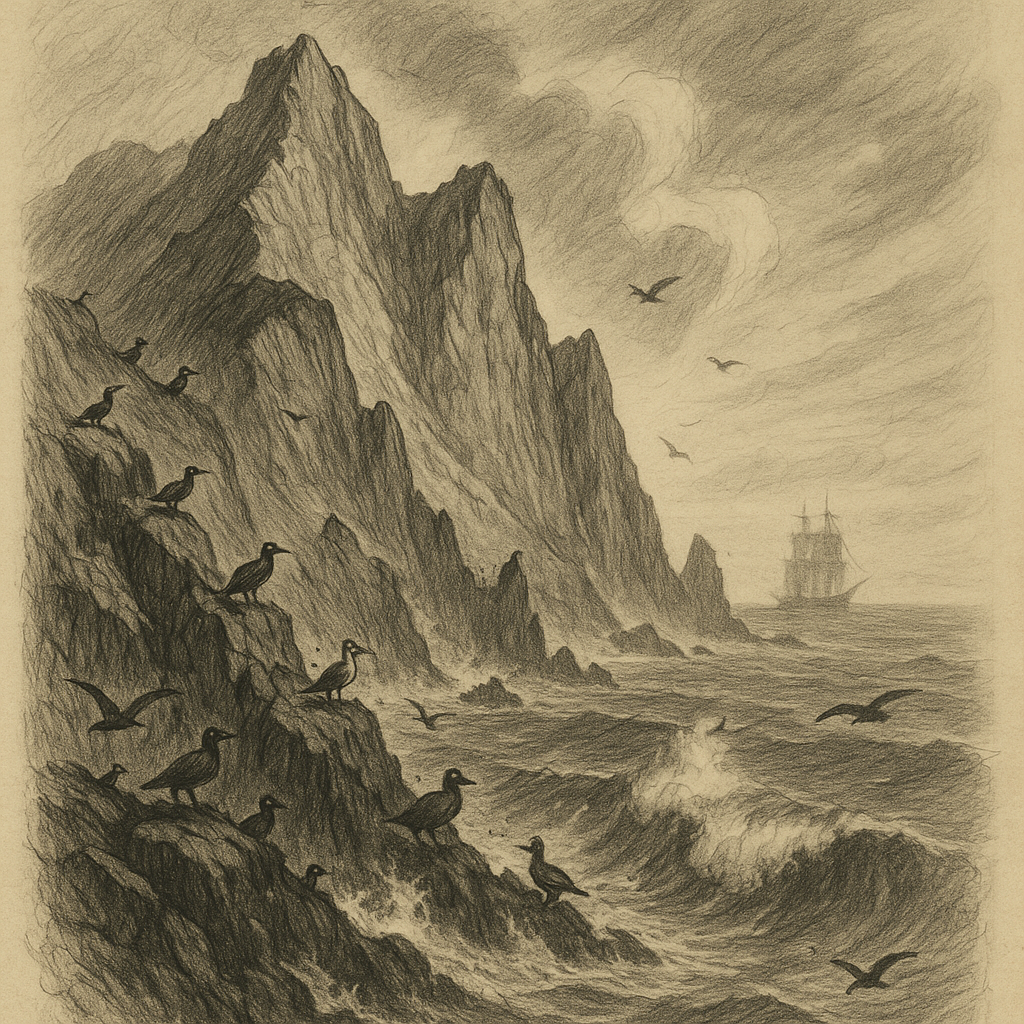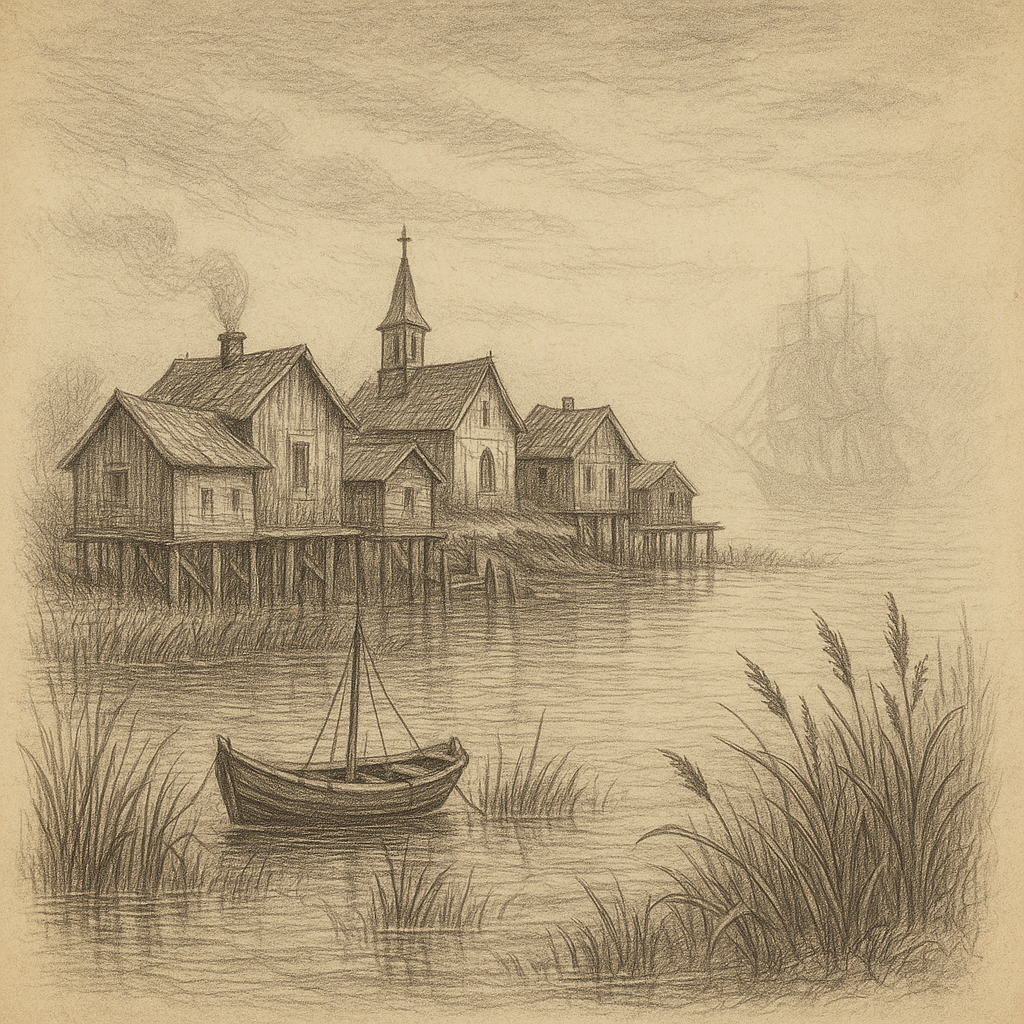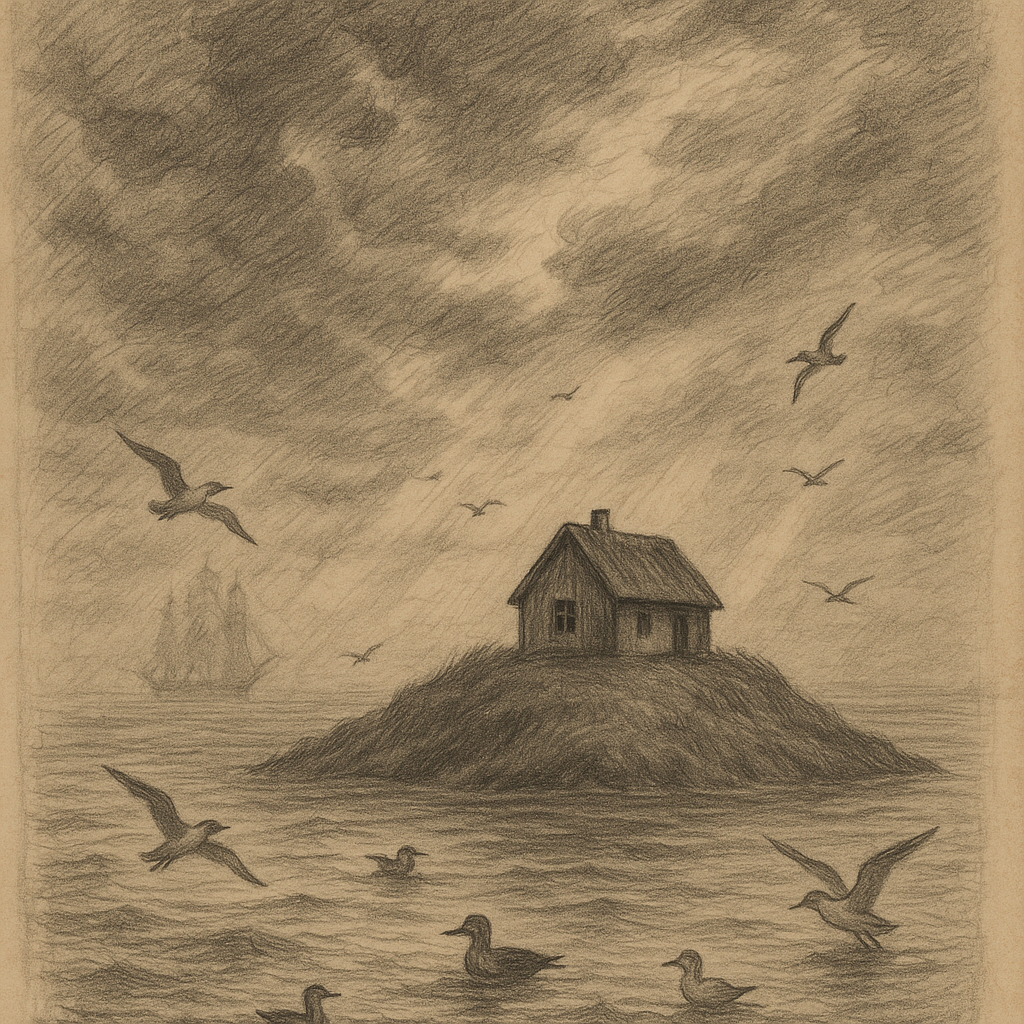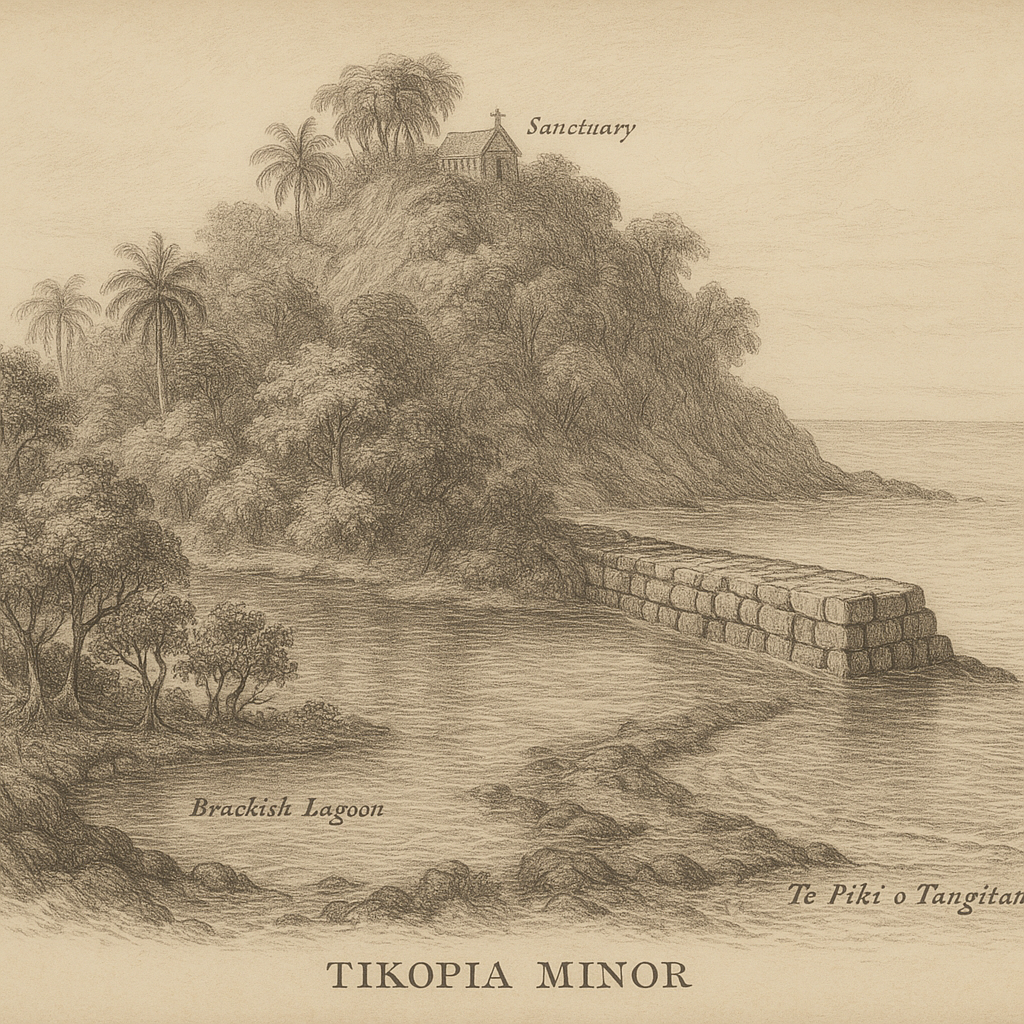Trindade Island – Brazil’s Remote Atlantic Outpost
Trindade Island (Ilha da Trindade), a secluded volcanic island, lies far off the coast of Brazil in the South Atlantic Ocean. This remote island is part of the Trindade and Martim Vaz Archipelago, and has long fascinated explorers, scientists, and mystery-seekers alike. Despite its small size and difficult accessibility, Trindade Island holds a unique position—geographically, biologically, and even mythologically—within Brazil’s territory.
Location and Geologic Background
Trindade Island is situated approximately 1,200 kilometers (745 miles) east of the Brazilian mainland and belongs to the state of Espírito Santo. It is a volcanic island that rises steeply from the ocean, forming part of a submerged ridge known as the Vitória-Trindade Seamount Chain. This chain is believed to have formed due to a hotspot located under the South American Plate. Trindade’s geology is characterized by rugged terrain, steep cliffs, volcanic peaks, and remnants of lava flows and pyroclastic deposits.
The island covers a land area of approximately 10.4 square kilometers (4 square miles) and reaches its highest point at Pico do Desejado, which stands 620 meters above sea level. The island is surrounded by steep drop-offs into the Atlantic abyss, and the surrounding seabed plays an important role in studies of marine biodiversity and plate tectonics.
Ecology and Biodiversity
Though Trindade Island is small, it possesses a fragile but fascinating ecosystem. Years of human activity and imported species have left a severe impact, but restoration efforts guided by Brazilian naval teams and ecologists have shown promising signs of recovery.
Vegetation on the island is sparse, mostly composed of grasslands and some small shrubs. Much of the original forest was lost due to goats introduced in the 19th century. These goats, now eradicated, had been responsible for overgrazing and the destruction of many native plant species. Since their removal, native plants such as Cyperus atlanticus have started to re-establish themselves.
The island is home to several endemic species, including the Trindade petrel (Pterodroma arminjoniana), a seabird that nests in burrows across the island, and the endangered land crab Gecarcinus lagostoma. These unique creatures coexist with a collection of seabirds that find the island to be a crucial breeding site. Due to its ecological importance, Trindade has been recognized as an Important Bird Area (IBA).
Marine life around the island is abundant. Coral reefs and volcanic rock formations provide habitat for colorful reef fish, turtles, and occasional visiting sharks. The surrounding waters are also a key area for scientific research, drawing interest due to their rich biodiversity and clear signs of climate instability in recent decades.
Human Presence and Access
The first known European to sight Trindade was the Portuguese explorer Estêvão da Gama in 1502, and the island was later claimed by Portugal. It changed hands several times throughout history, including a brief occupation by Great Britain in the 19th century during a geopolitical dispute with Brazil. Today, Trindade Island is administered by Brazil and maintained primarily for defense and scientific purposes.
The Brazilian Navy maintains a permanently staffed research station on the island, which supports meteorological and oceanographic studies. Naval patrols and periodic supply missions are the only human interaction with the island today. Civilian travel to Trindade is extremely restricted and requires special authorization, largely to preserve the island’s sensitive ecosystem.
Ships and airplanes are unable to approach easily due to unpredictable weather, rough seas, and the island’s lack of suitable docking bays or airstrips. Therefore, access is mostly conducted via the navy’s oceanographic ships, which must anchor offshore and ferry supplies and personnel by smaller vessels.
Interesting Facts about Trindade Island
Trindade Island played an unexpected role in the history of early aviation and UFO folklore. In 1958, the Brazilian Navy announced that an unidentified flying object had been photographed near the island by a crew working on the ship Almirante Saldanha. The image showed a silvery disc-shaped object in flight and received widespread international attention at the time. The Brazilian government eventually authenticated the photograph, stirring global debate and speculation that continues even today.
In more grounded scientific work, Trindade was the first place in Brazil where researchers discovered plastic fragments embedded in rocks, a result of marine pollution. The so-called “plastiglomerates” prompted alarm in the scientific community as they illustrated the extent of anthropogenic changes reaching even the most remote corners of Earth.
Another quirky fact is that Trindade is among the first lands in Brazil where the sunrise can be seen each day. Its extreme eastern location and elevation above the ocean give it a strategic point for both scientific observation and symbolic prominence.
Legends and Myths of the Island
Trindade Island’s isolation and dramatic appearance have contributed to numerous myths and legends. Indigenous Brazilian traditions speak little about Trindade due to its distance, but post-colonial myths abound. Sailors used to refer to the island as “Ilha dos Demônios”—the Island of Demons—owing to its jagged peaks, sudden storms, and eerie silhouettes at sunset.
One of the most persistent legends tells of a hidden pirate treasure buried on the island by British privateers or Portuguese explorers who sought refuge in the 17th and 18th centuries. Though no treasure has ever been found, occasional expeditions still attempt to uncover clues among the rocky terrain.
There are also tales of ghost ships seen sailing past the island during storms, appearing and vanishing without explanation. Old naval logs have mentioned these sightings, though always with skepticism, contributing to the mystique that surrounds Trindade.
Conservation and the Future
In recent decades, Brazilian authorities have focused on restoring Trindade’s ecosystem through control of invasive species, restoration of native flora, and careful management of scientific access. The Brazilian Navy has collaborated with environmental researchers to monitor climate change impact, including rising sea temperatures, coral bleaching, and biodiversity shifts.
As environmental degradation increases globally, islands like Trindade serve as critical observation points. Scientists consider it a “natural laboratory” for understanding Earth’s climate systems, as its relative isolation provides a baseline for oceanic and atmospheric measurements.
Trindade Island, with its raw beauty and unspoiled environment, remains a symbol of both vulnerability and resilience. While mystery still clings to its rugged shores, Trindade stands quietly as an ecological, historical, and mythical sentinel in the vast Atlantic Ocean.



